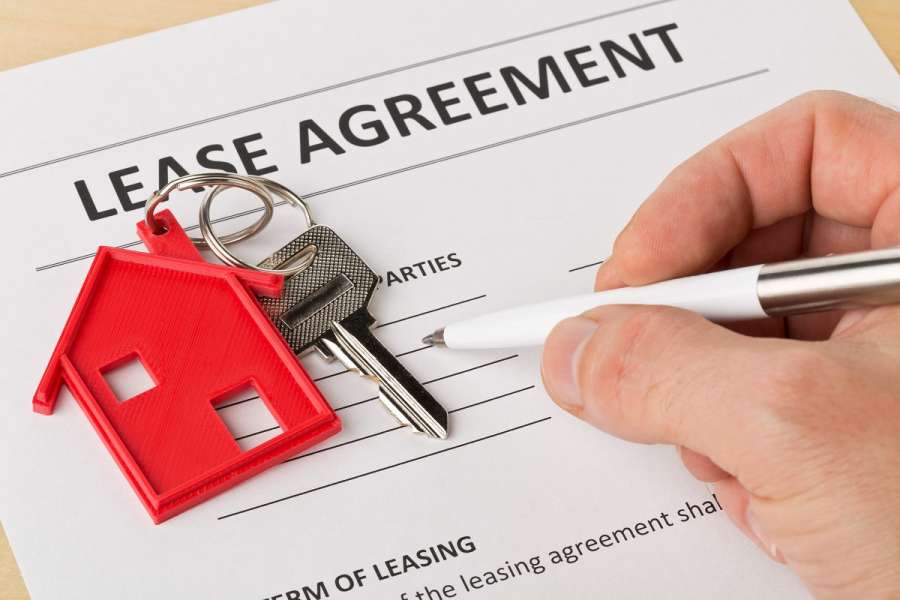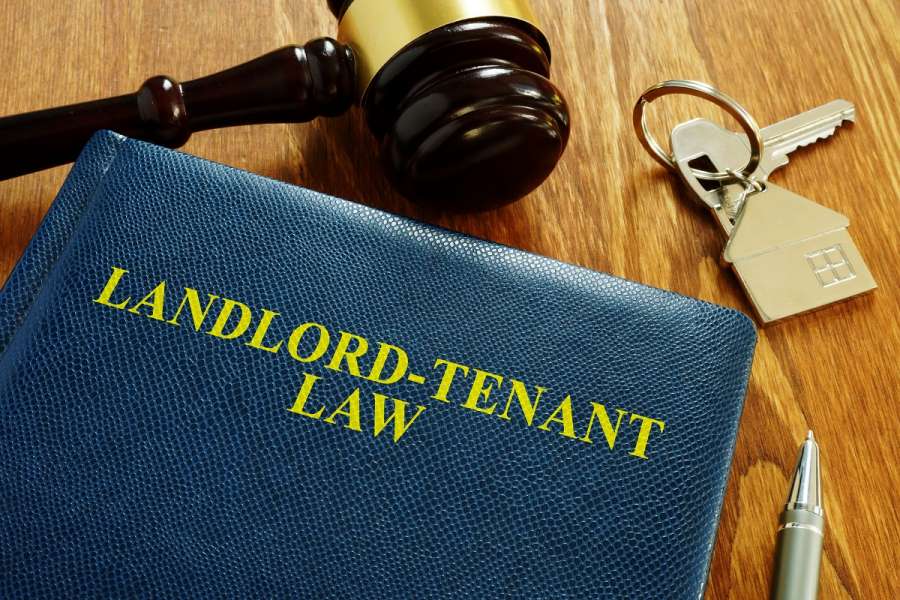With many commercial tenants feeling the impact of increased costs, pressure on rental payments is on the rise.
During the pandemic, the landlord's right to forfeit (terminate) the lease was restricted, giving much-needed protection to tenants.
However, that protection was lifted in March 2022, and forfeiture is once again an option for landlords and is frequently being utilised despite the potential difficulties they may face in re-letting the property.
When faced with financial pressures, many tenants may look to assign or sub-let the lease as a way of mitigating their liability for the lease provisions.
In this blog, we review the basics of forfeiture and then look at the status of a sub-tenant where the landlord takes action to forfeit the headlease.









